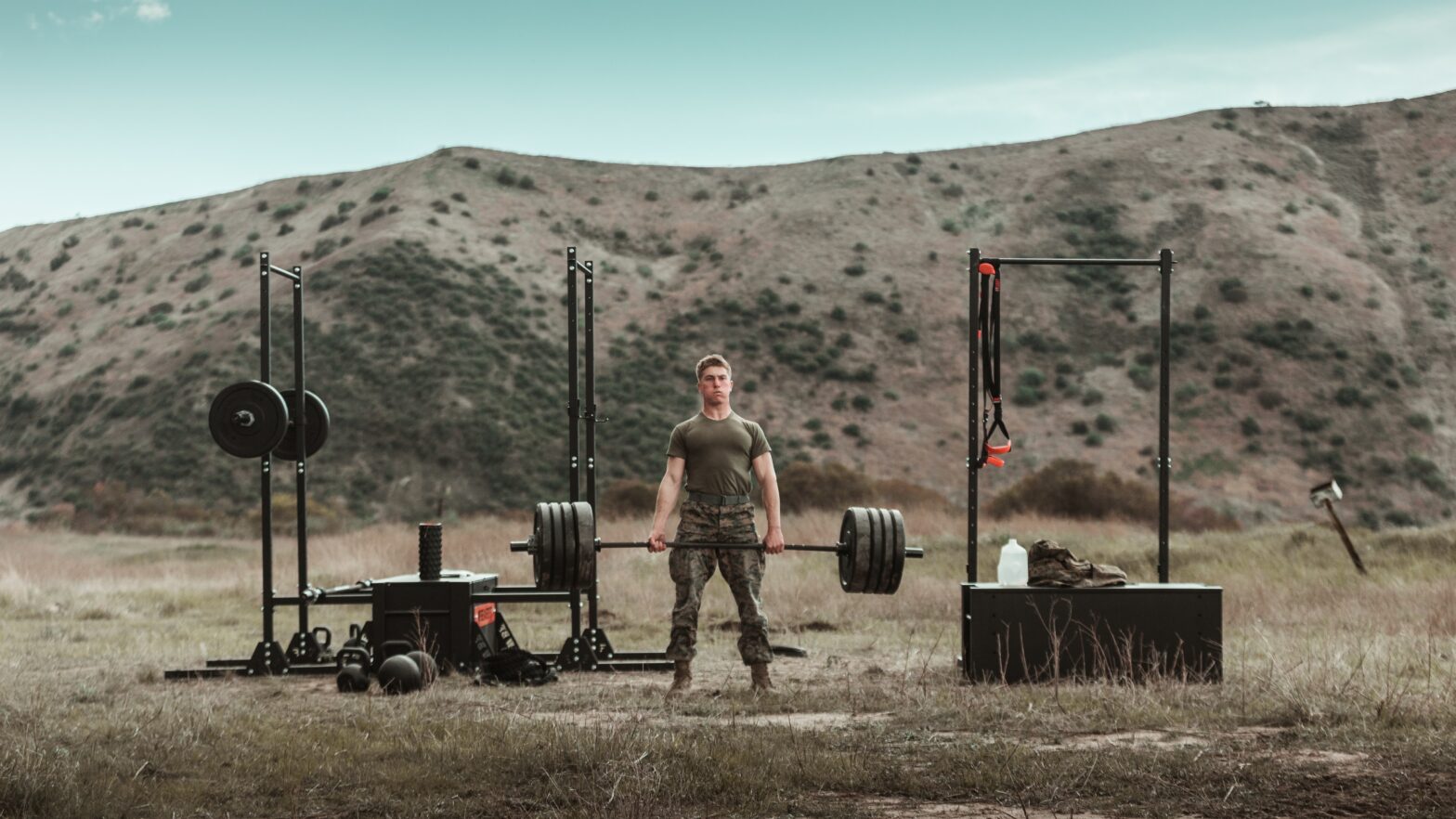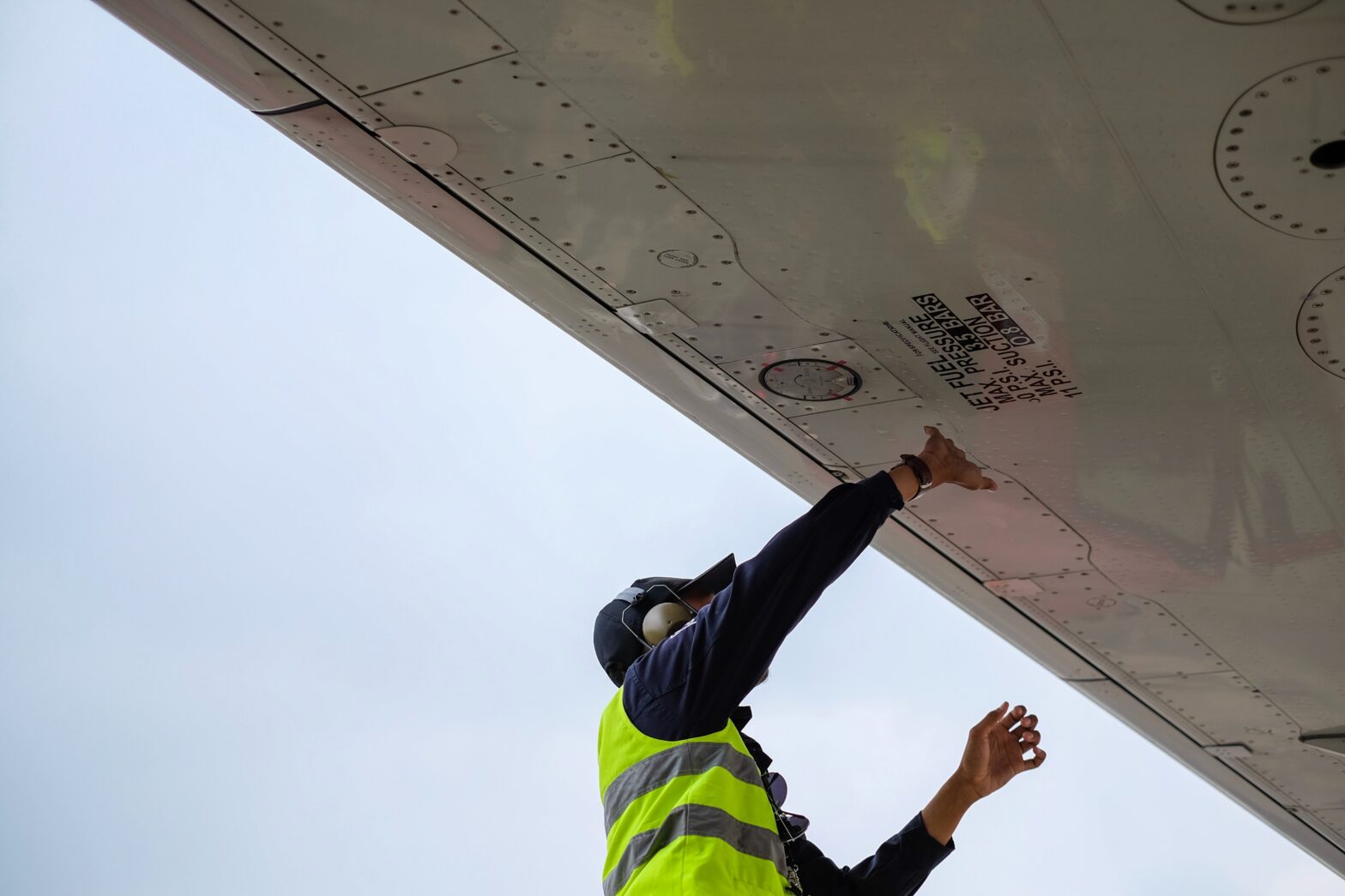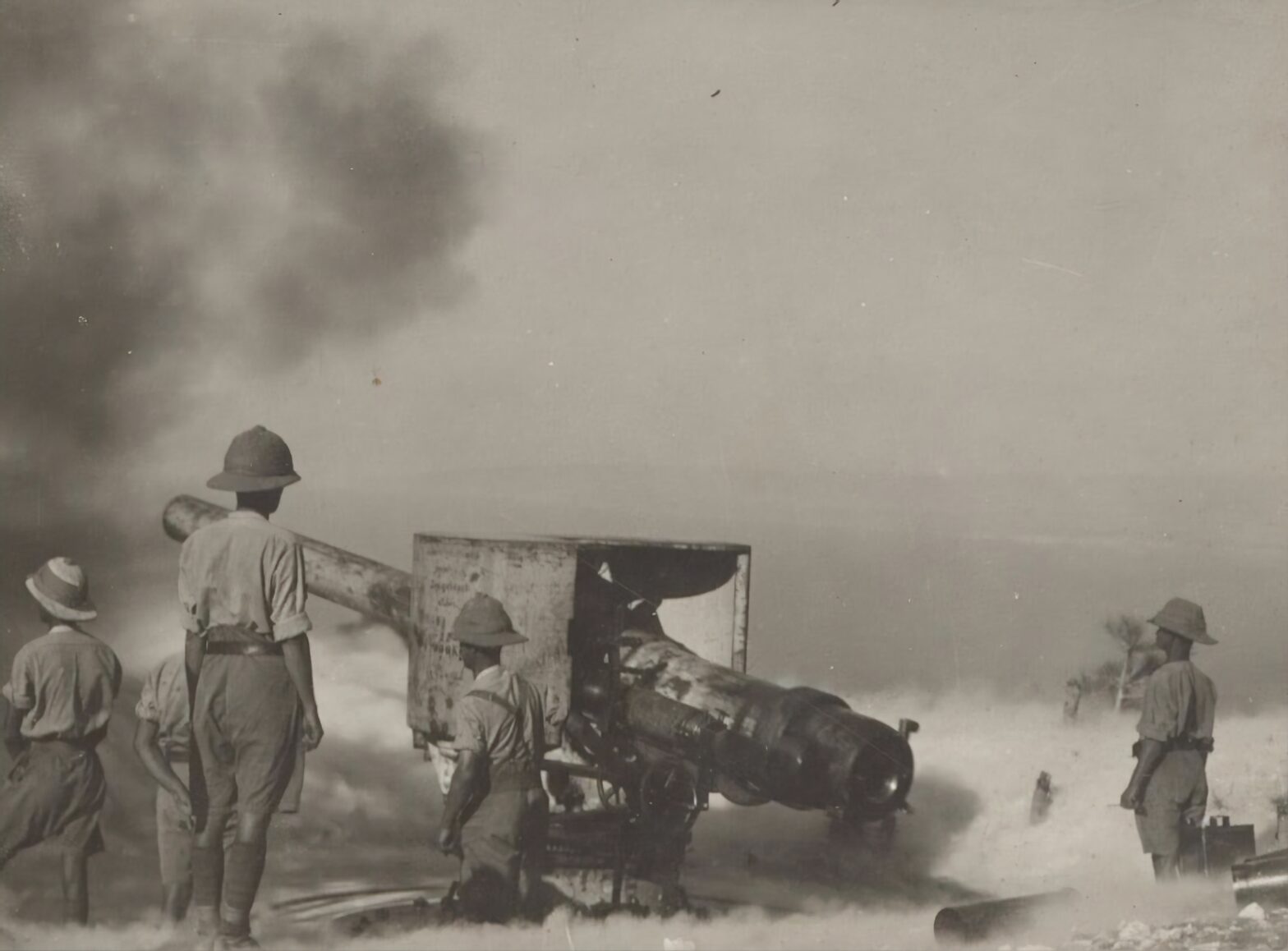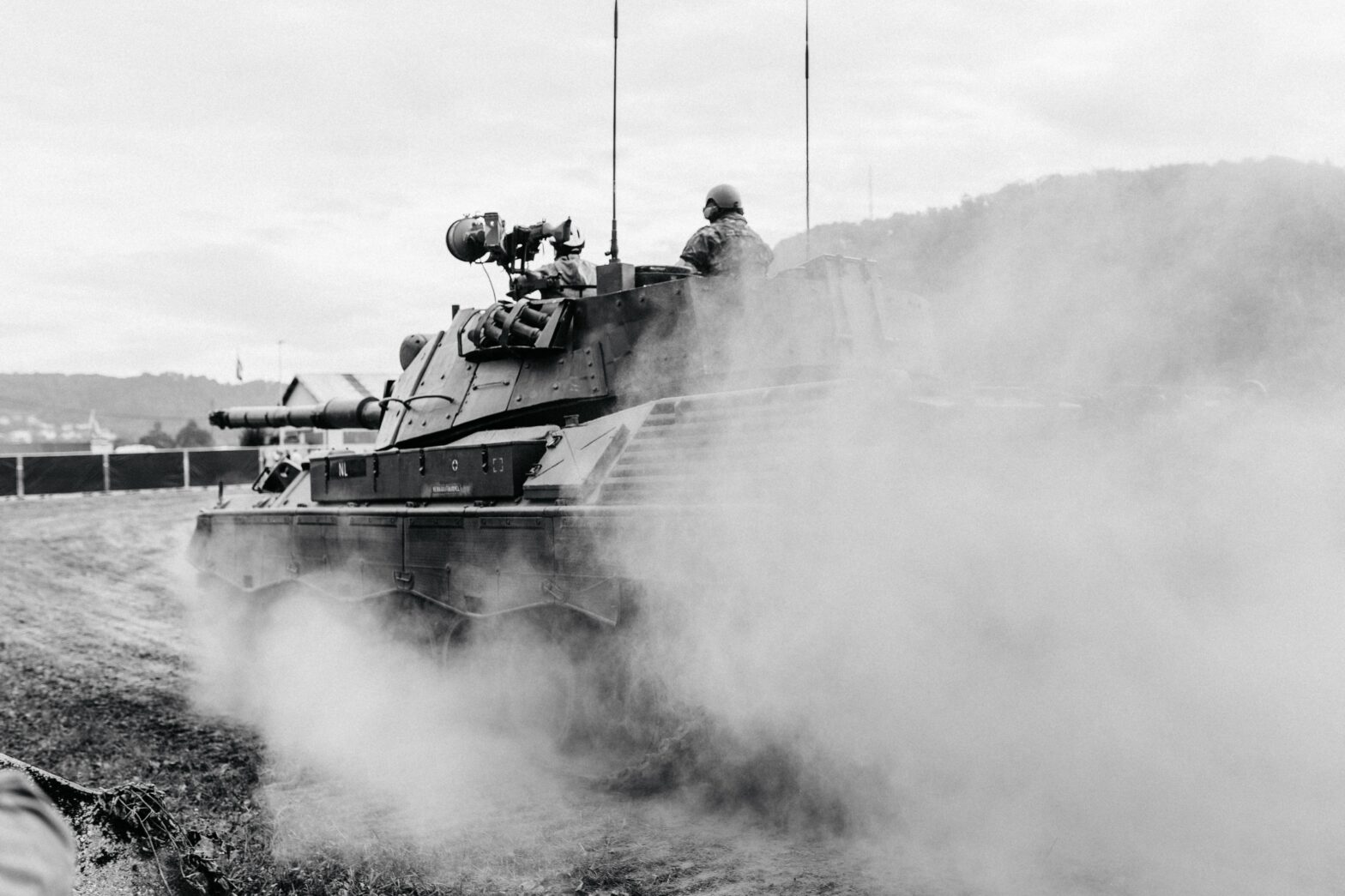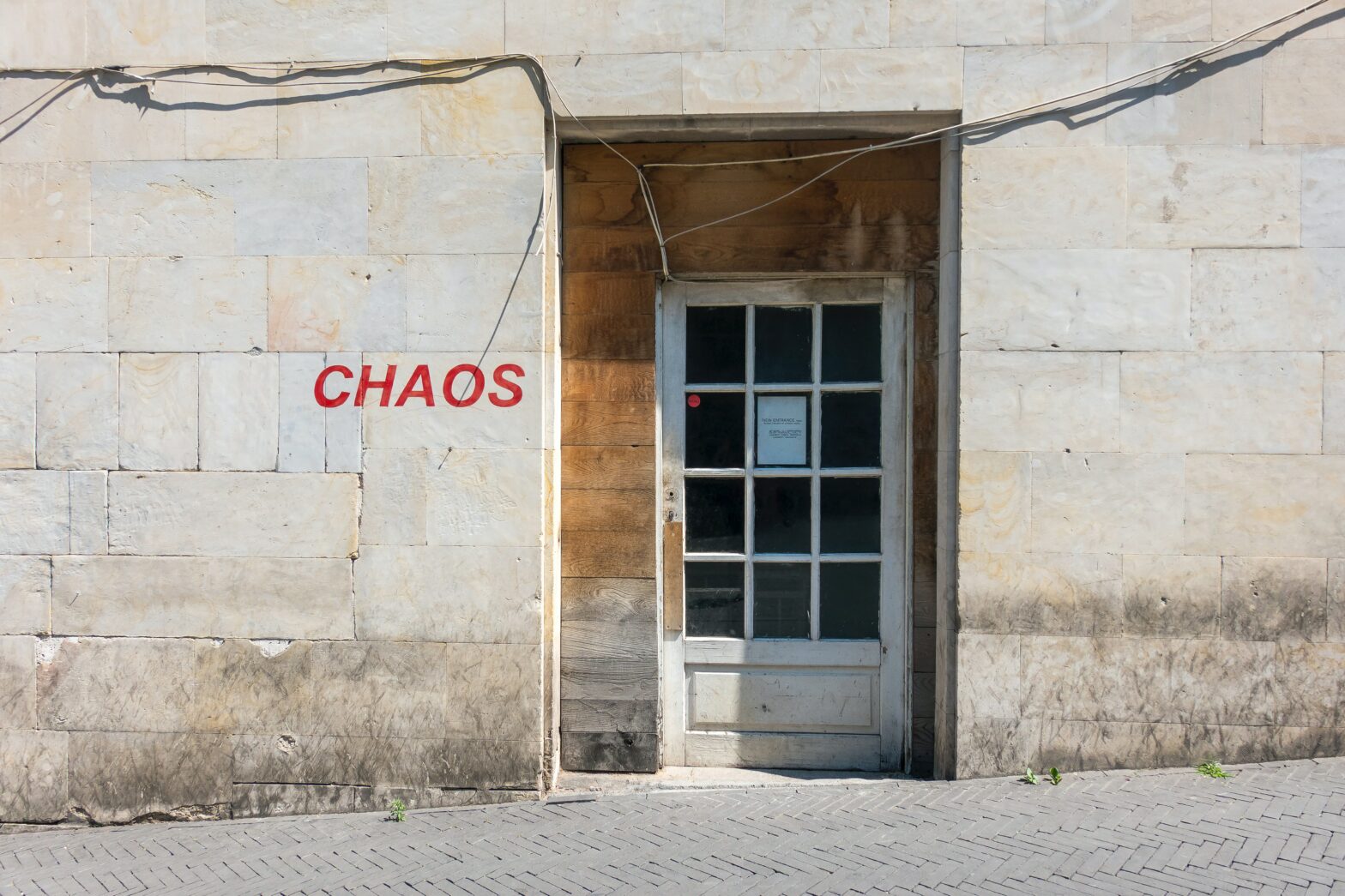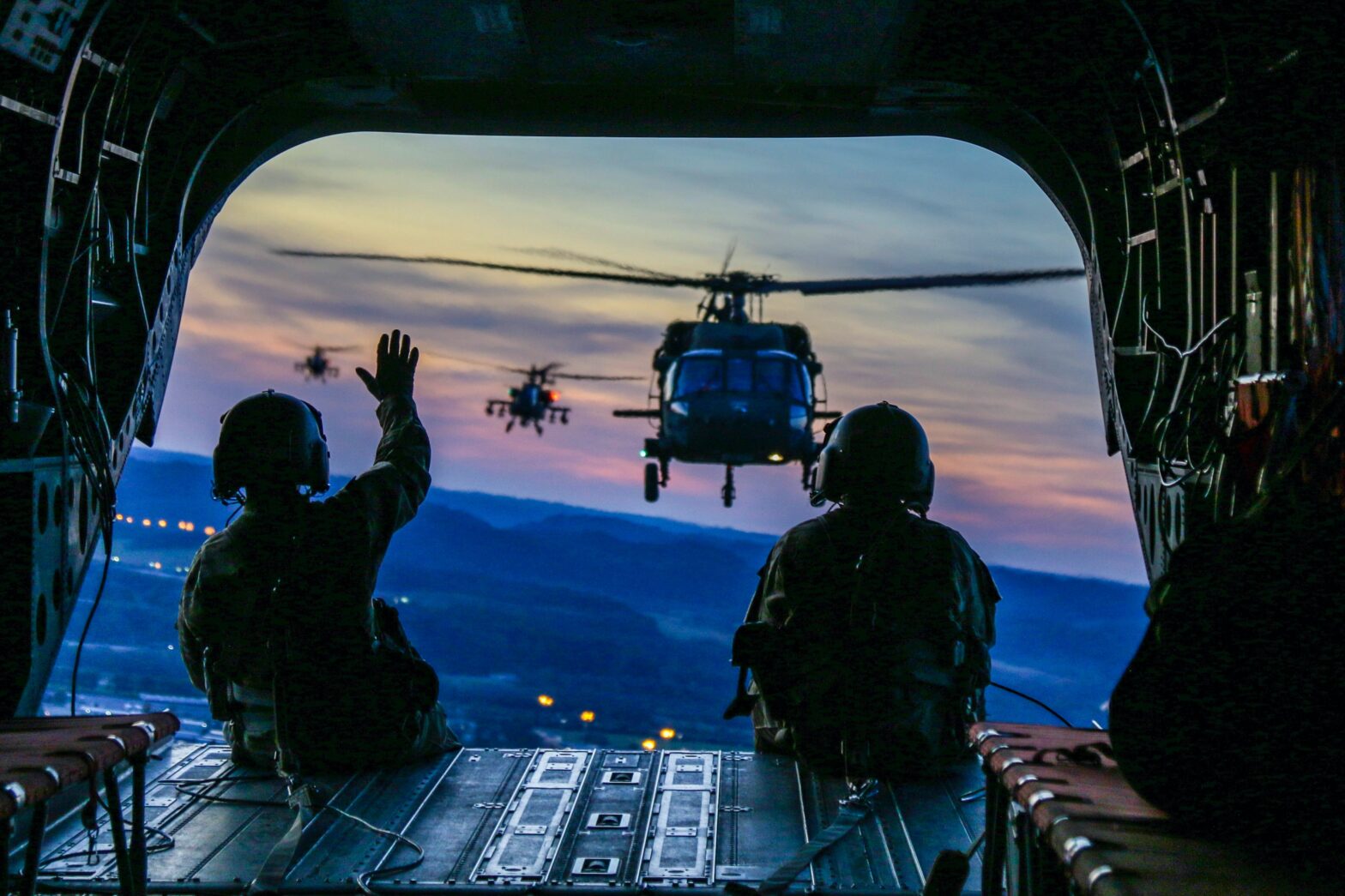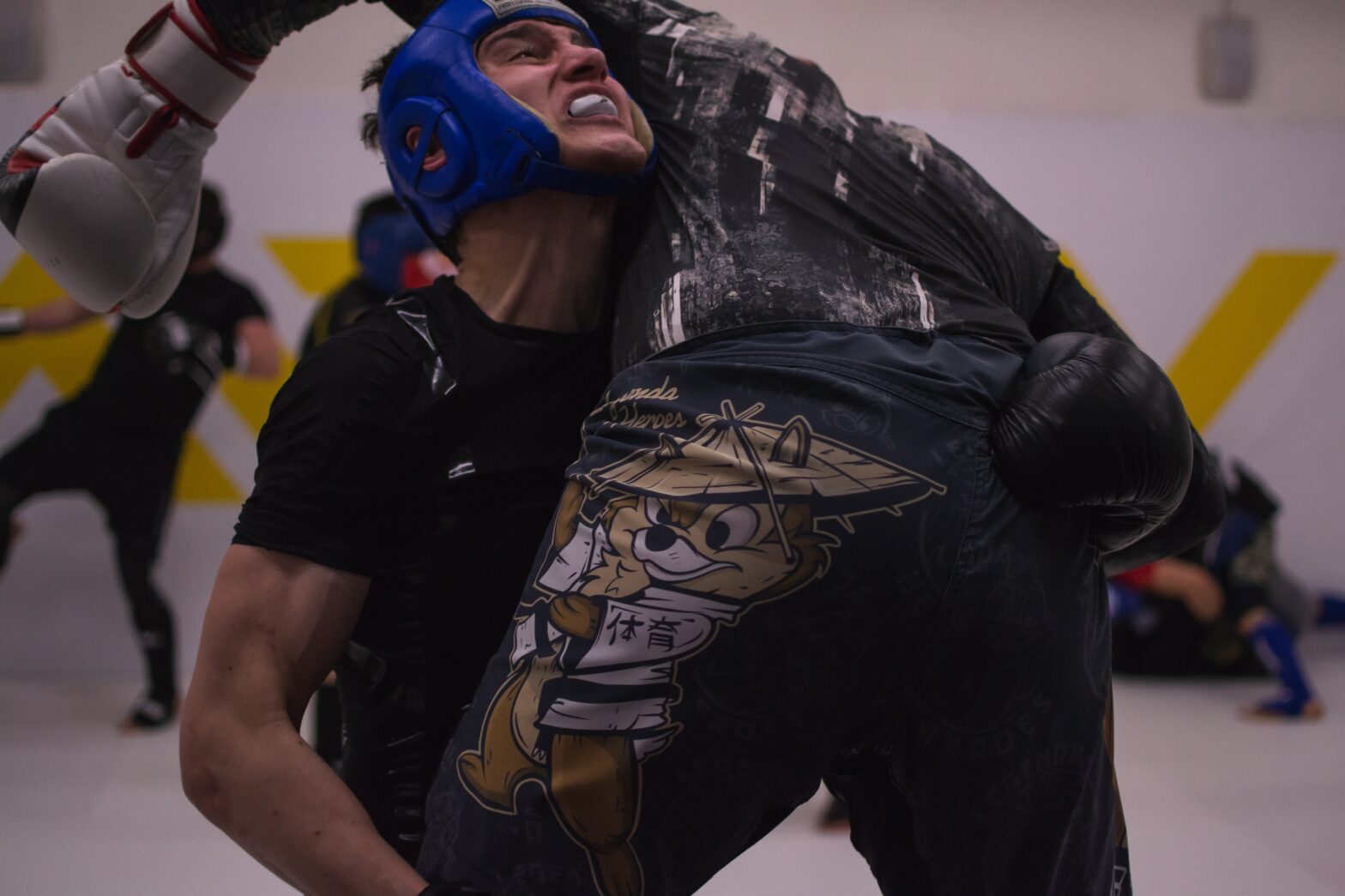The work you put in at the gym sets your ceiling of potential in the field. Unfortunately, deadlifting 500 pounds in the gym doesn’t translate directly to the capability of lifting 500 pounds in the field. Why? Because the gym is an extremely controlled environment. You grab your favorite bar, have the weights evenly distributed… Continue reading Real Life is Chaos
Blog
What Your Hearing Protection Doesn’t Shield
Wearing hearing protection does not shield a vital situational awareness system called your vestibular system. [1] Your vestibular system is in your inner ear, just deeper than your hearing system. If you can move and keep a target in focus, if you have fast reactions and the ability to move with your head on a… Continue reading What Your Hearing Protection Doesn’t Shield
What are Low Level Blasts?
Low level blasts (LLB) are created by weapons whose blasts create an overpressure wave, but a single exposure is not enough to create any obvious brain damage or cause symptoms. Examples of LLB are firing a 0.50 caliber sniper rifle, Howitzers, Carl Gustaf rifles, rocket-propelled grenades, light anti-tank weapons, shotgun door-breaching rounds, mortars, M4 Carbine… Continue reading What are Low Level Blasts?
Keep Your Head on a Swivel
The ability to move with speed and precision when your head is on a swivel is a skill. This skill can be broken down into specific components. Most individuals focus on the speed of their footwork, which is extremely important, but they neglect training of the speed of their head movements and integrations of these… Continue reading Keep Your Head on a Swivel
An Intangible Slowing Down
A 37-year-old male active-duty special operator was referred to me a few years ago who described an intangible feeling of slowing down, particularly in more visually stimulating environments. He was preparing for his retirement, and finally had time to start addressing some issues he ignored or “rubbed dirt on” throughout his career. There was no… Continue reading An Intangible Slowing Down
Blast Exposures and Young Onset Parkinson’s Disease
Subconcussive head trauma are sufficient in increasing vulnerability to developing young onset Parkinson’s Disease. [1] This includes subconcussive blast exposures. [2] There is currently no cure for Parkinson’s Disease. Current medical strategy is to decrease the impact it has on quality of life. As a Physical Therapist I’ve been part of healthcare teams doing that… Continue reading Blast Exposures and Young Onset Parkinson’s Disease
How to Own Chaos
A distinct characteristic of the tactical athlete is the ability to perform in extreme and unpredictable environments. The job demands the ability to maintain speed and precision of execution under conditions of chaos. One component vital for this capability is processing speed. I think of required processing speed as the change in sensory stimulus divided… Continue reading How to Own Chaos
Keeping Target Focus with Movement
If the ability to maintain target focus with movement is important to you, you want to know about the vestibular system. It is one thing to keep a target in focus when stationary but maintaining that ability with movement is a much higher skill level. This is because when stationary there is significantly less demand… Continue reading Keeping Target Focus with Movement
How Subconcussions Can Impact Mental Health
Unique to tactical athletes is the volume of subconcussive forces they are exposed to, particularly subconcussive blast exposures. These exposures have been associated with later life depression, apathy, and poor emotional control. [1-3] Mental and emotional health is, unfortunately, still a touchy subject for many. While there are many factors that influence mental health, repeated… Continue reading How Subconcussions Can Impact Mental Health
Acceleration/Deceleration Subconcussive Impacts
One mechanism of subconcussive injury is that of rapid acceleration/deceleration. This is called a coup contre-coup injury. We often focus only on the mechanism of direct hits to the head as important head trauma and solutions often only focus on that mechanism. We find the best helmets for football, stop heading soccer balls, and create… Continue reading Acceleration/Deceleration Subconcussive Impacts
